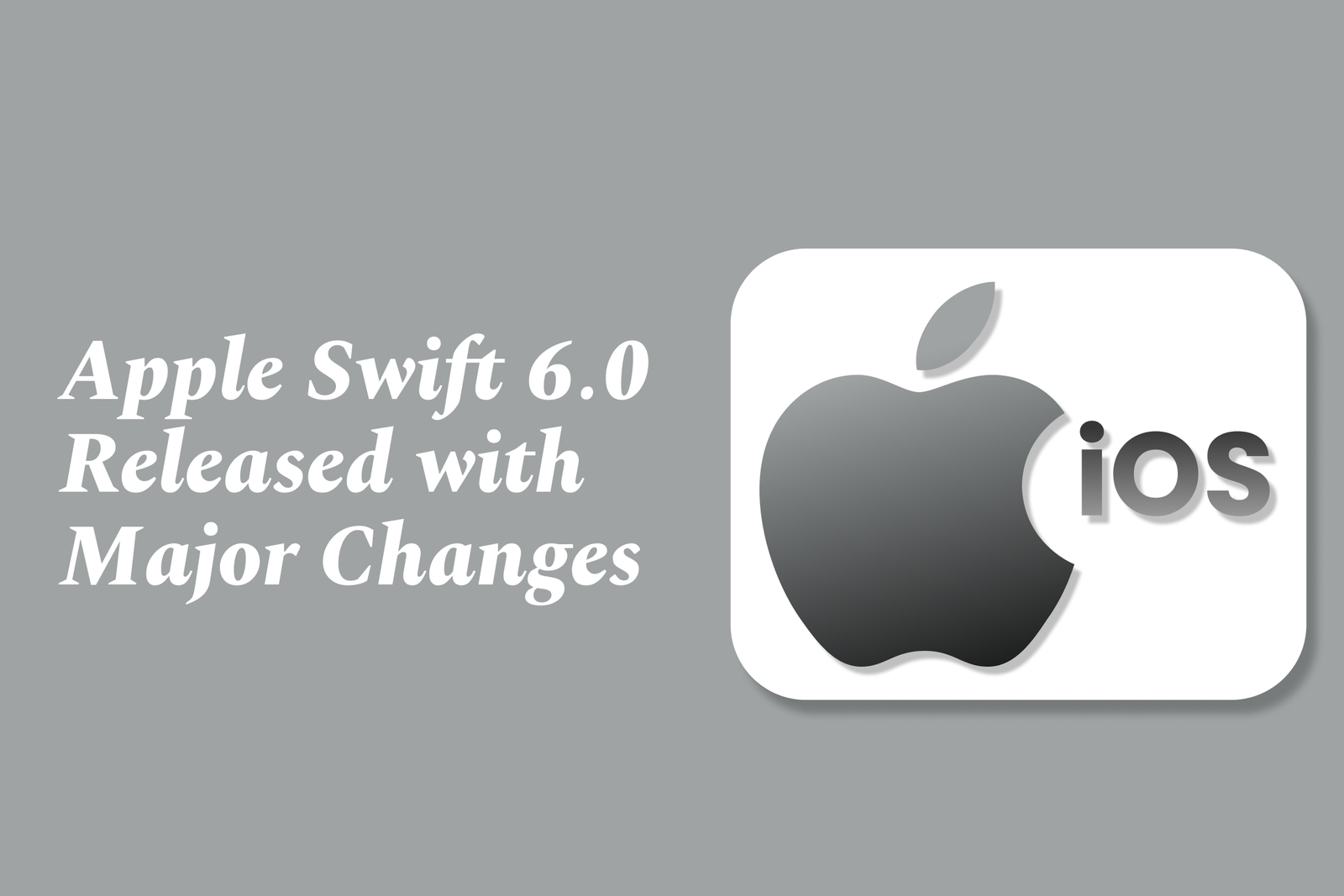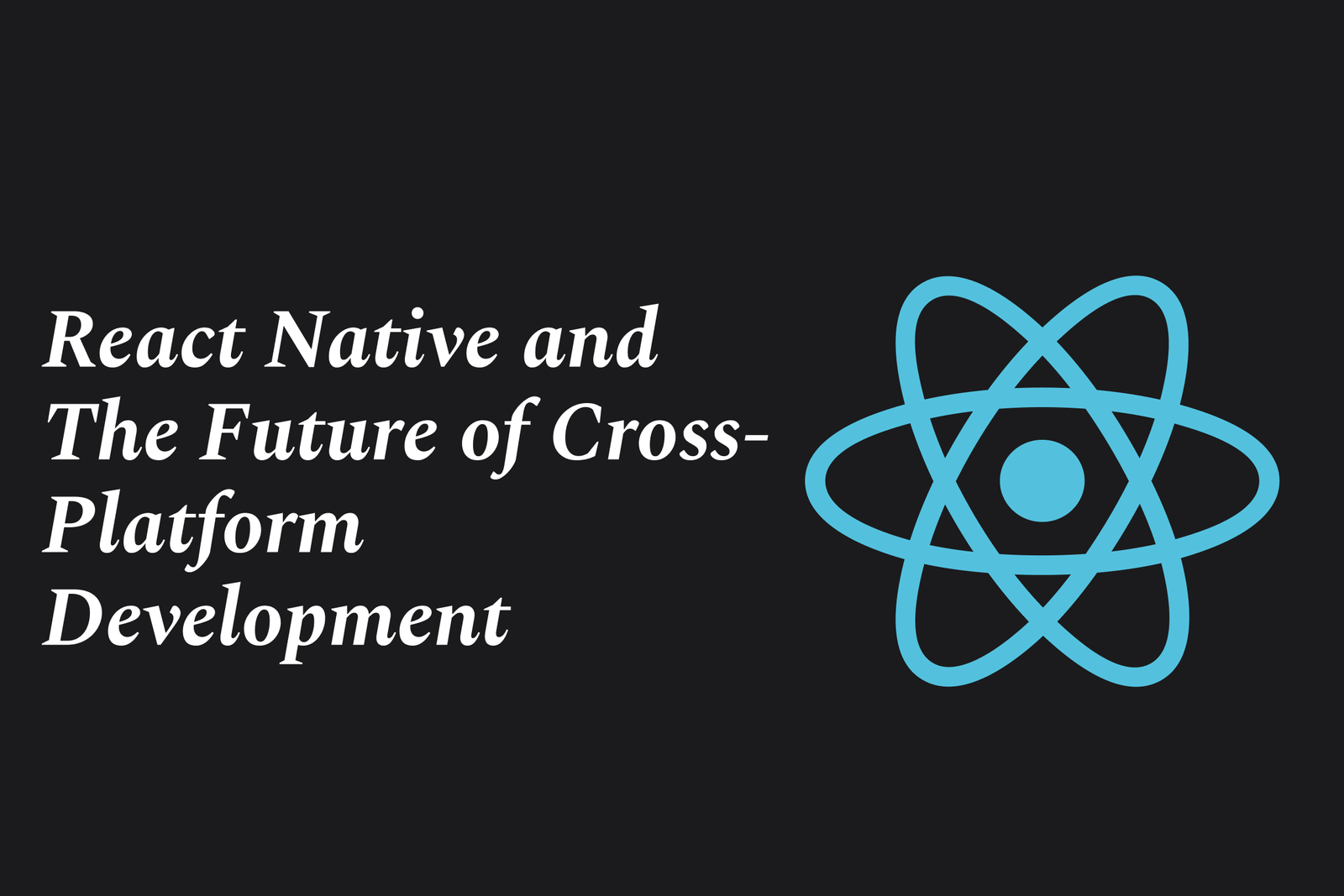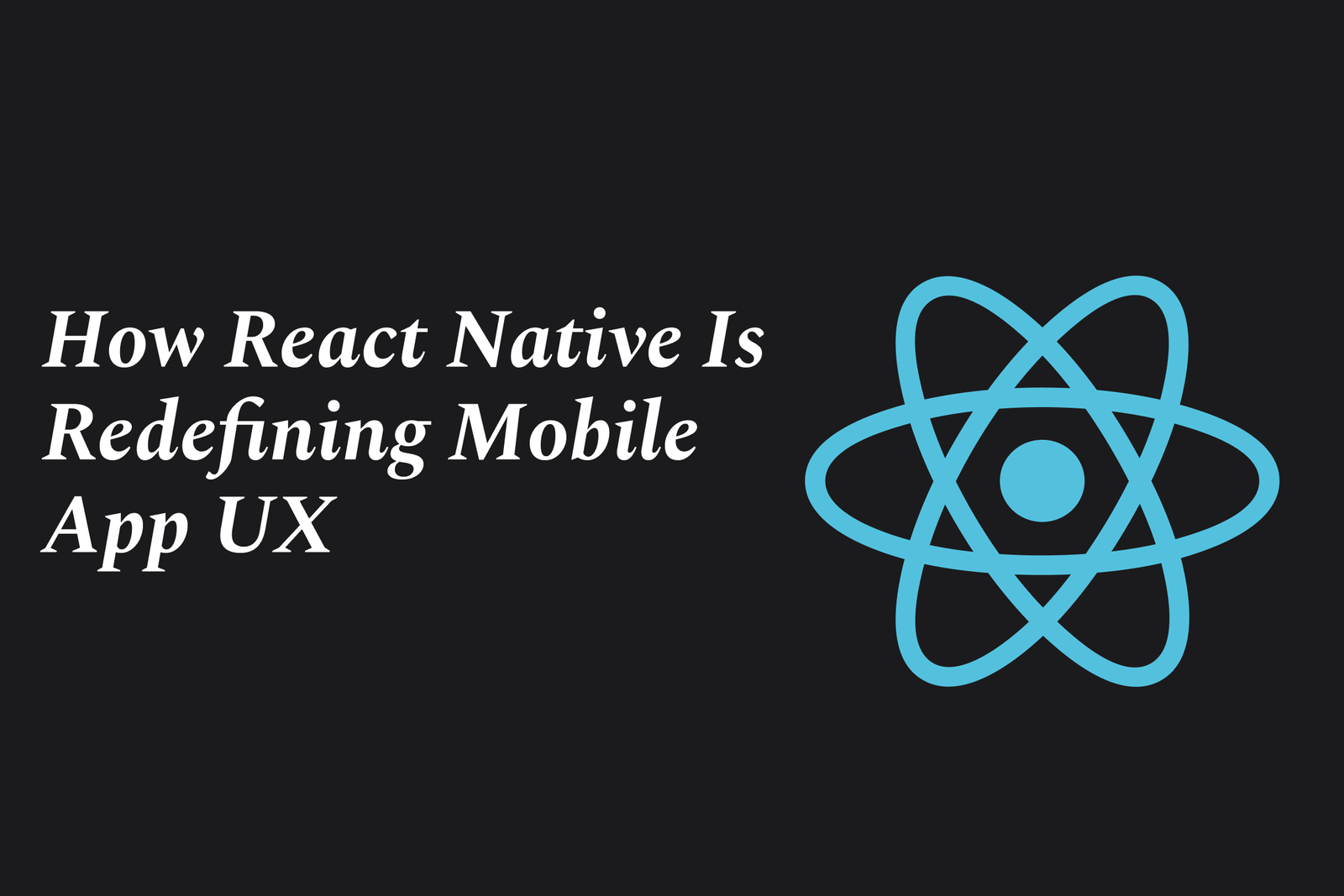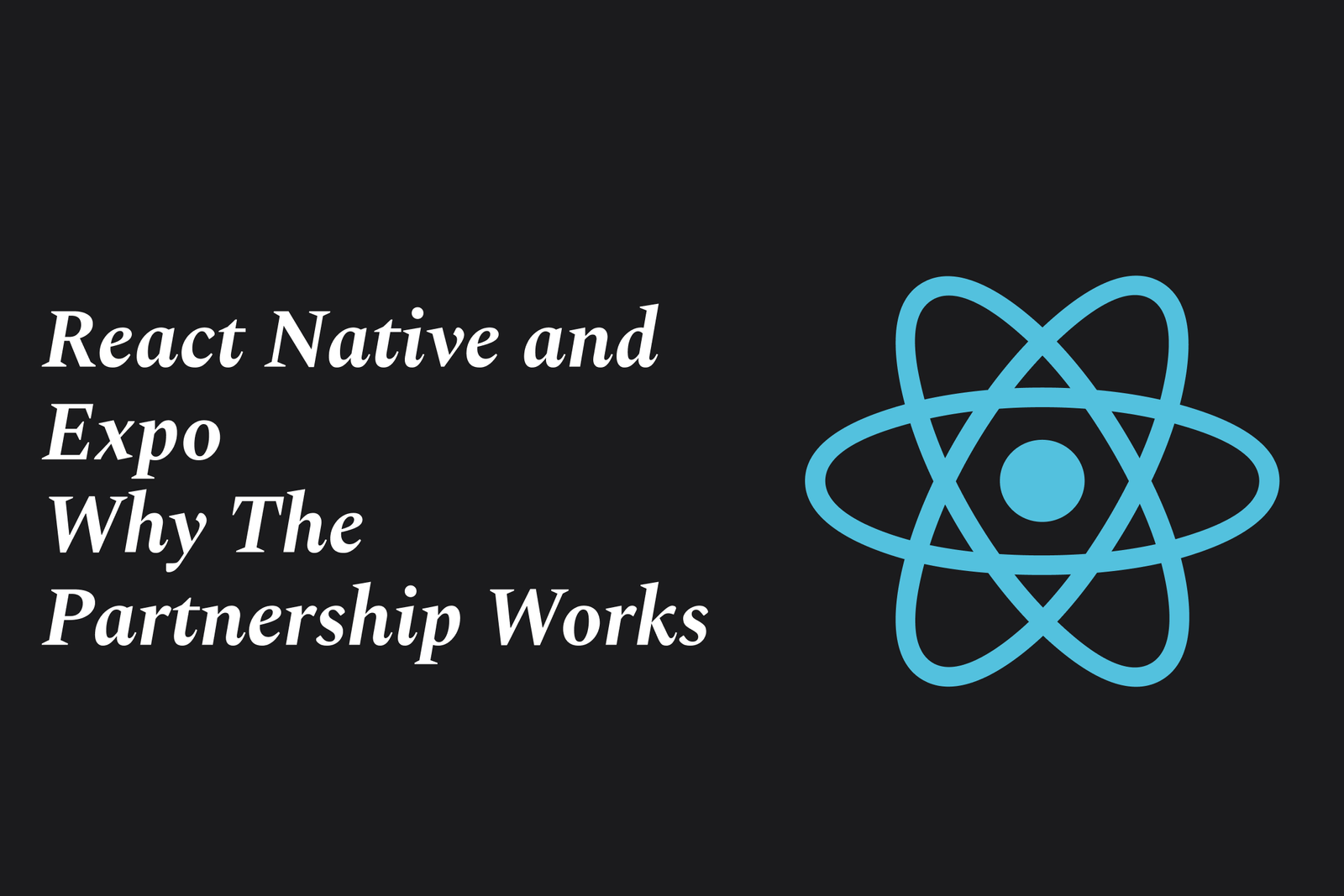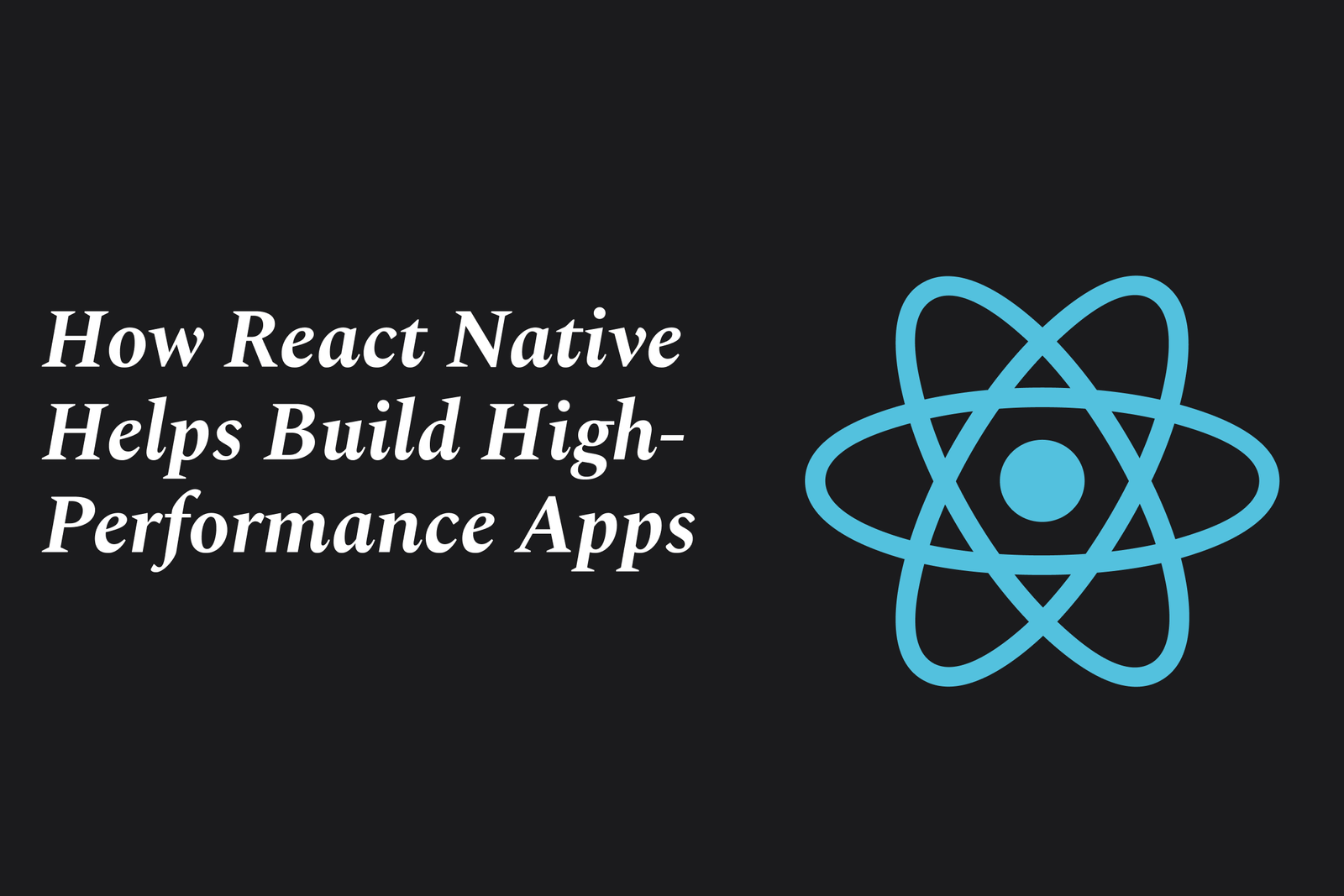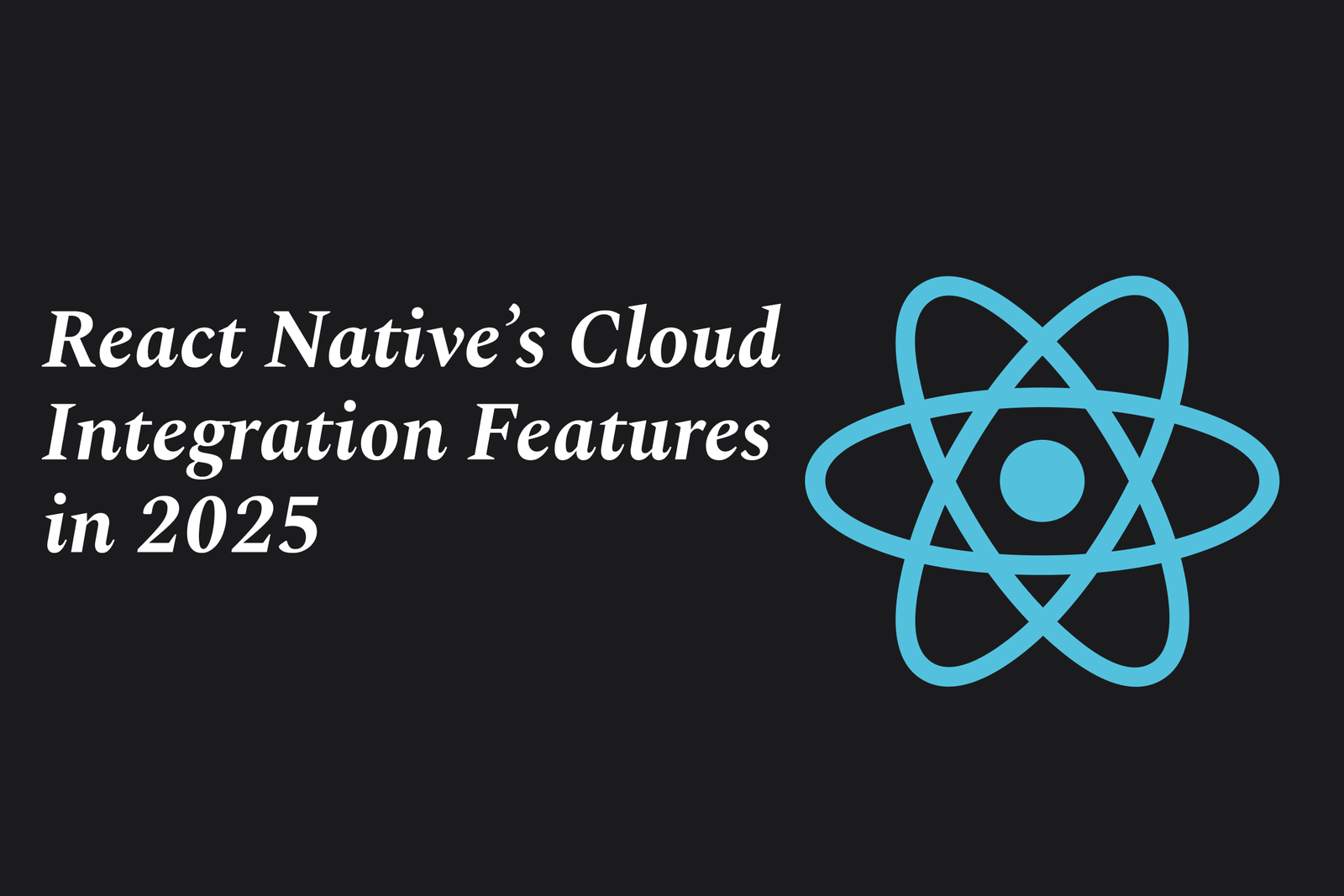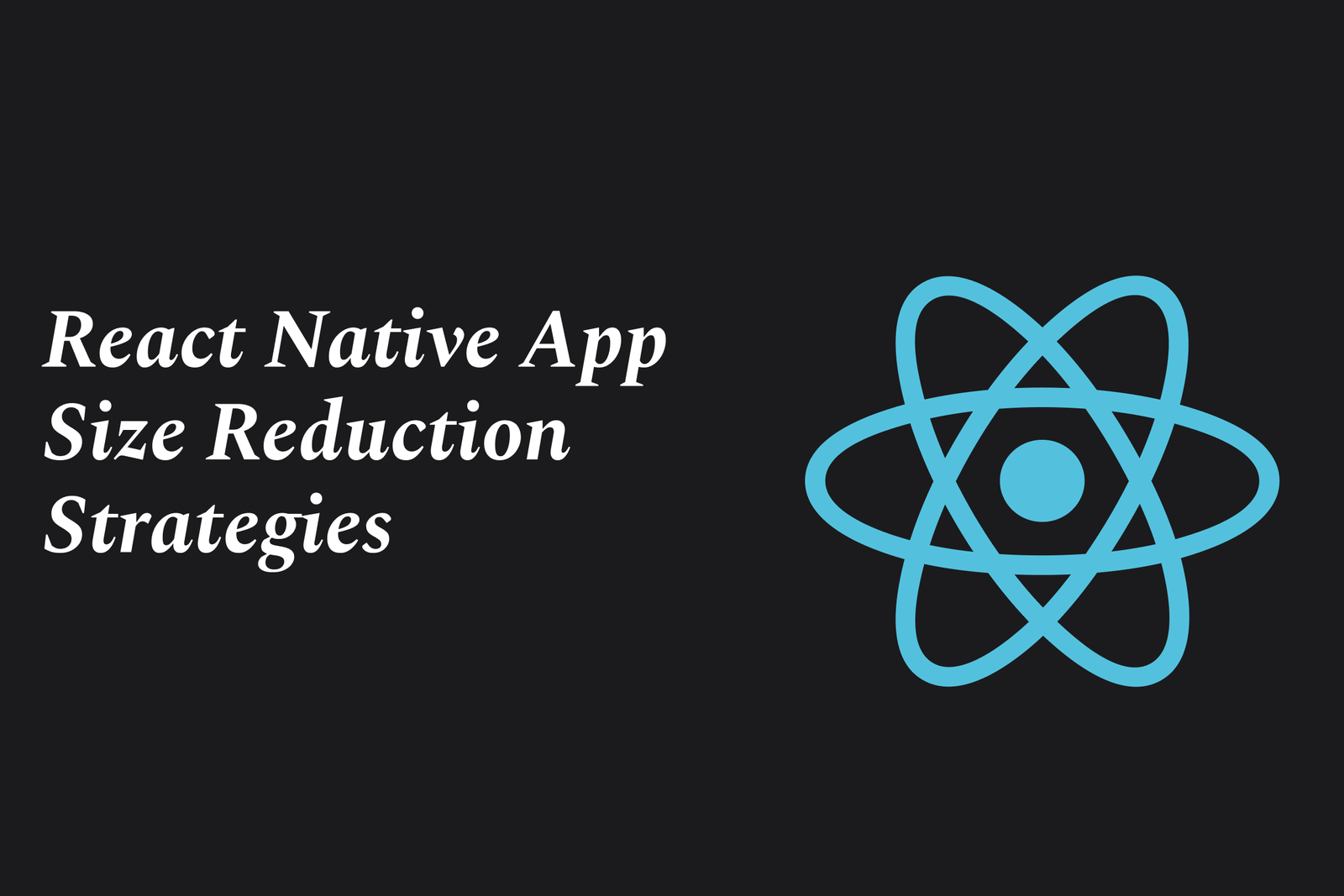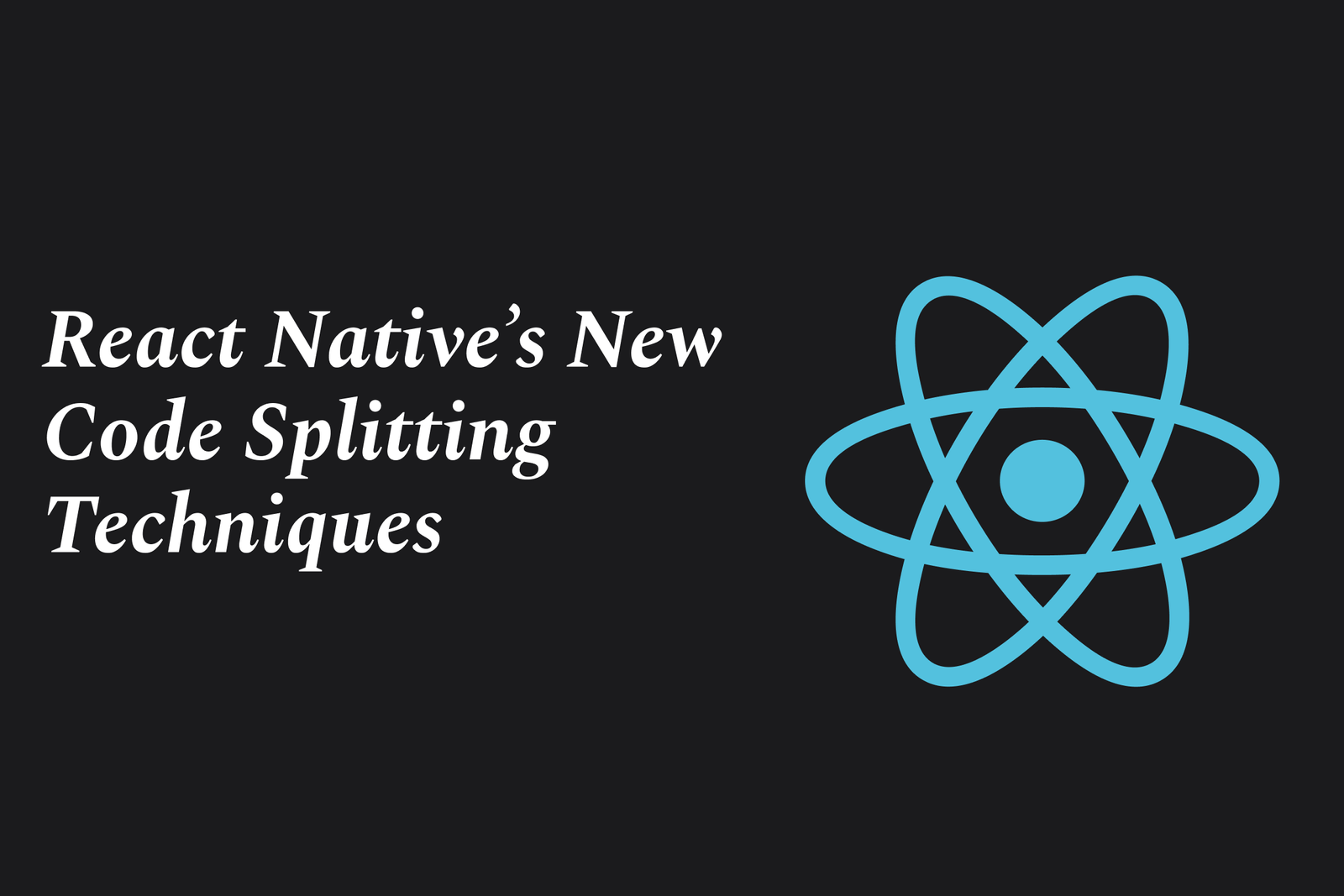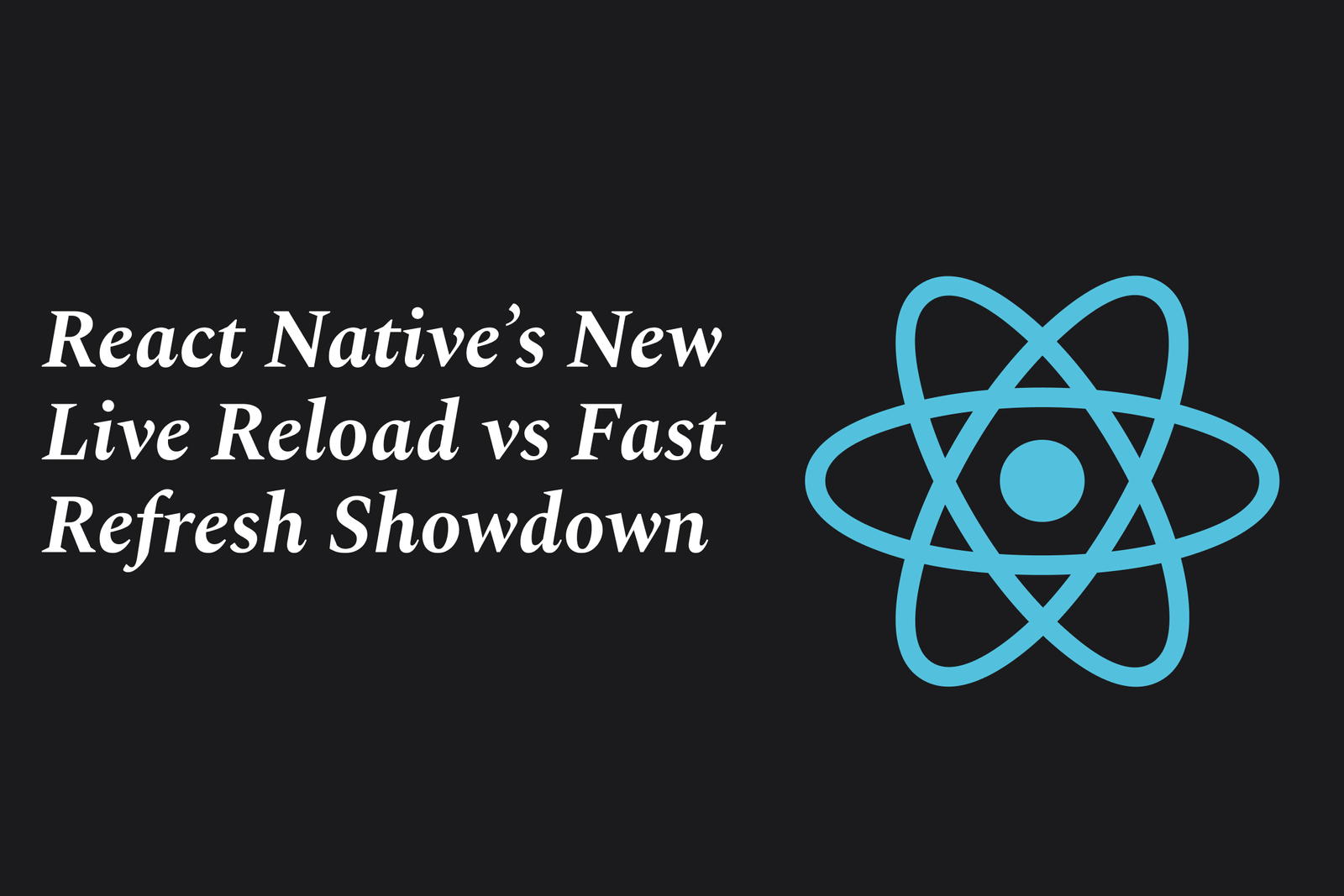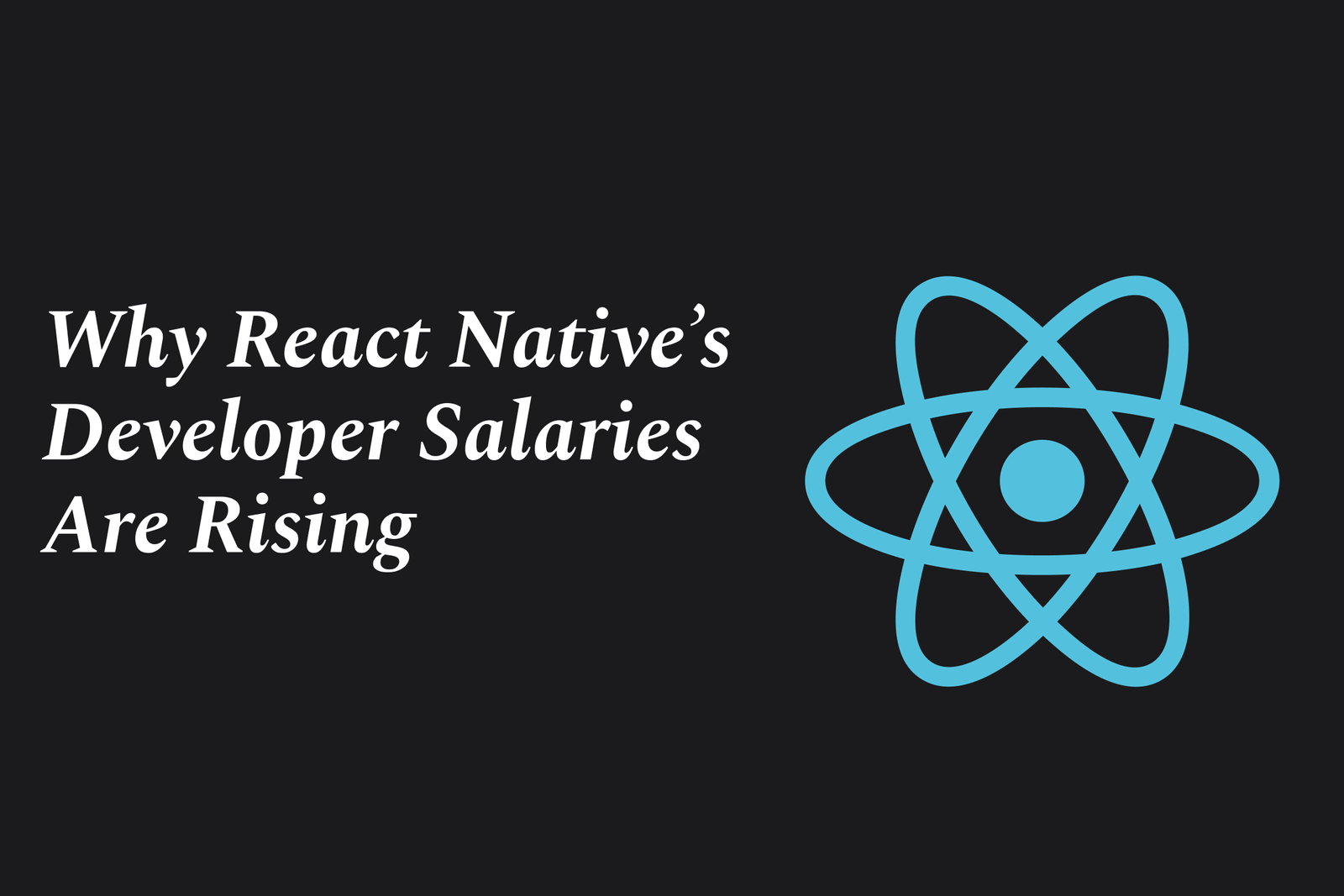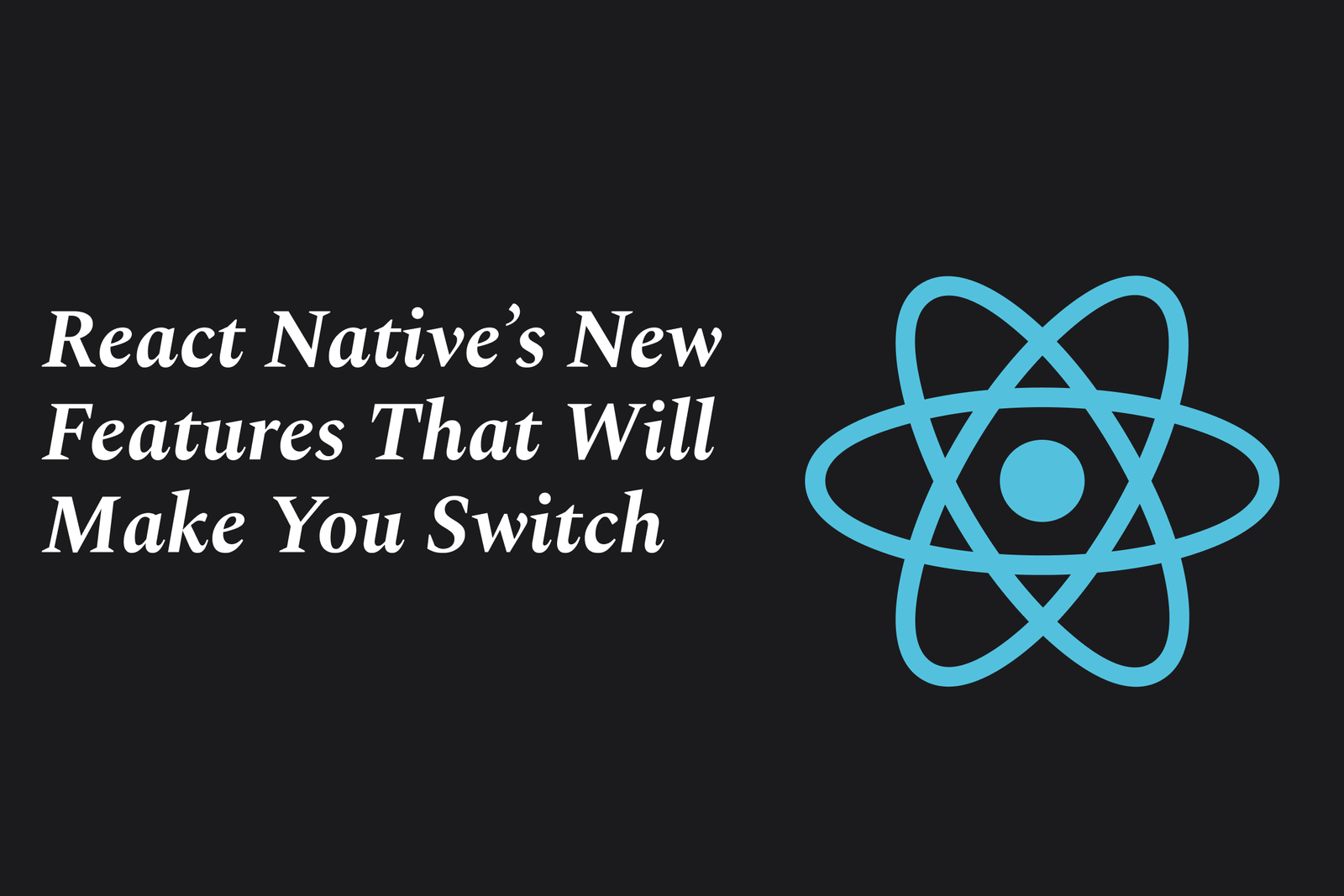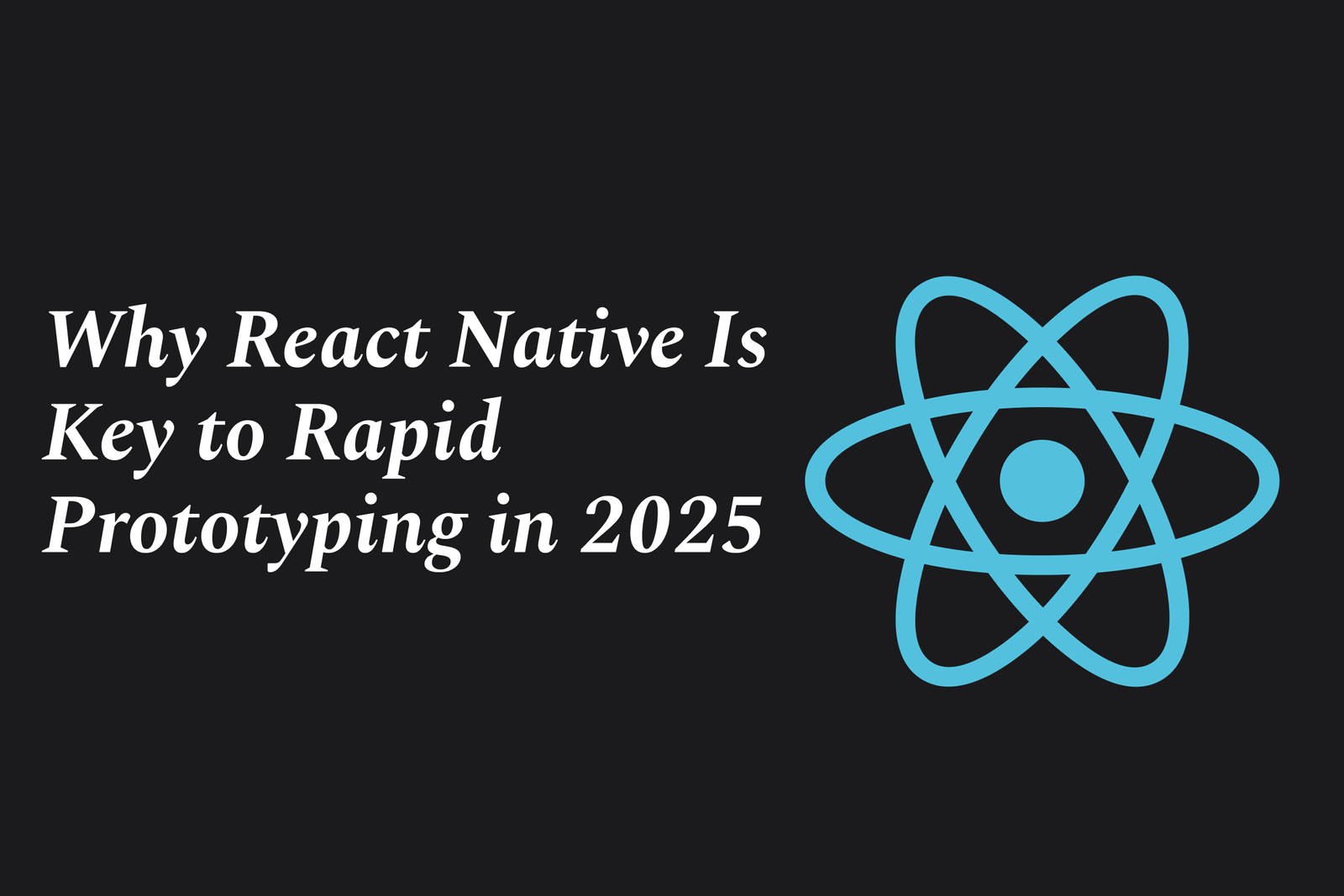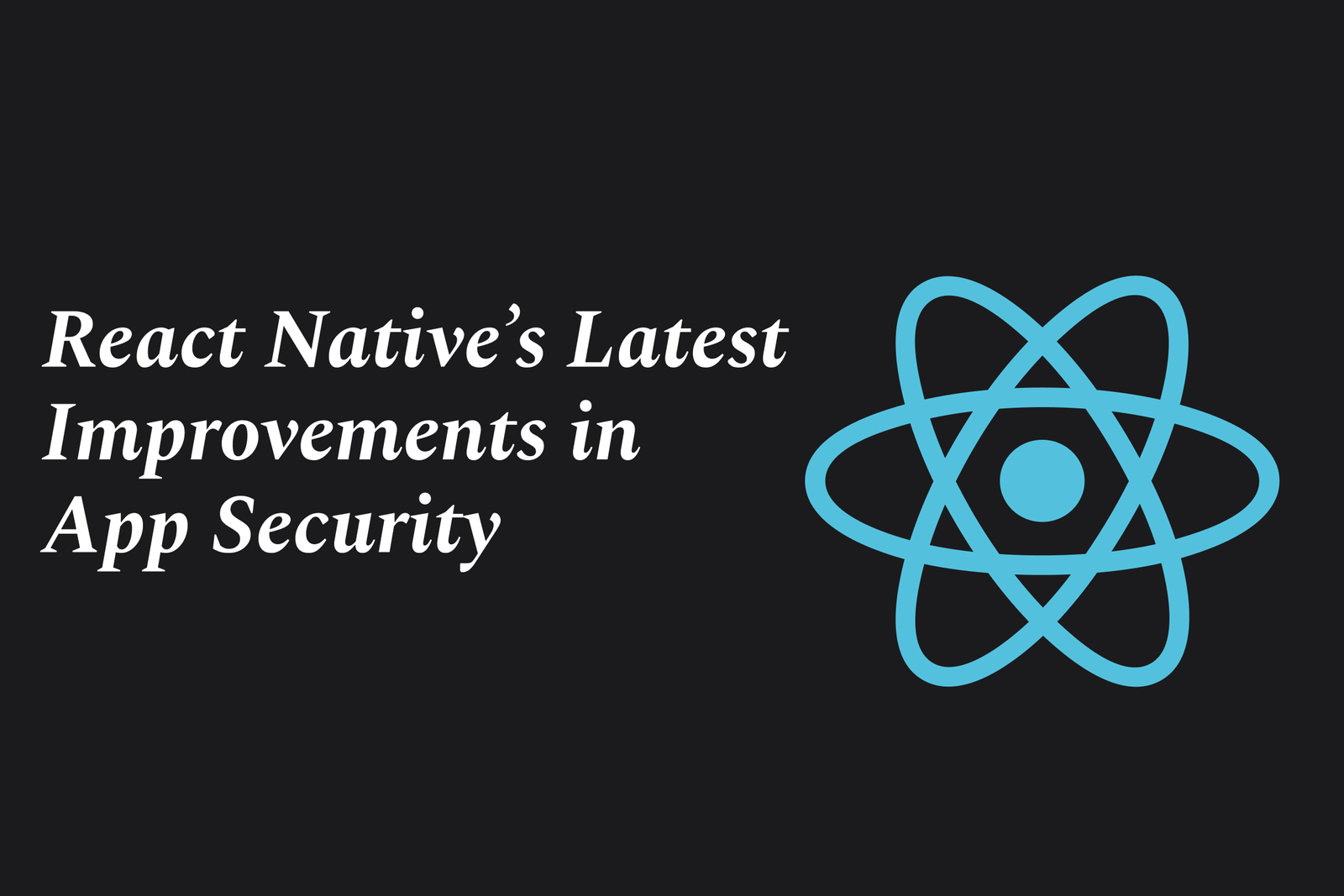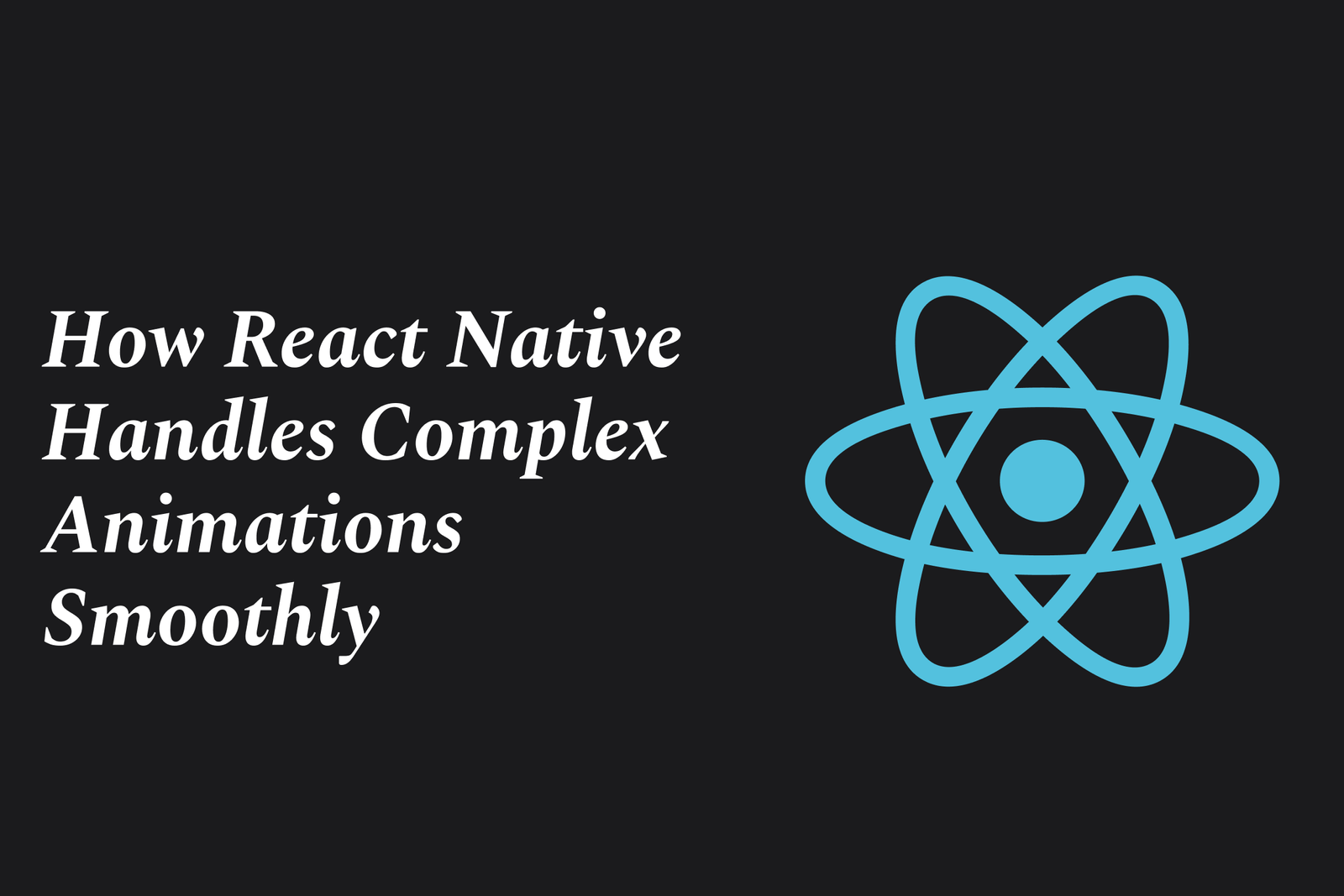Apple Swift 6.0 Released With Major Changes
Apple has released Swift 6.0, featuring major updates like enhanced concurrency with stricter safety checks, typed throws for precise error handling, support for non-copyable types in generics, expanded cross-platform APIs, and improved debugging to boost performance and safety.
Learn MoreiOS 19: Features every developer should know
iOS 19 introduces enhanced AI-driven features, improved Siri personalization, and refined developer tools. While some advanced capabilities are delayed, the update offers important APIs and phased rollouts every developer should know to optimize app performance and user experience.
Learn MoreReact Native?s New Features That Will Make You Switch
React Native’s latest updates bring a new architecture, improved performance with Hermes engine, better debugging tools, enhanced styling, and seamless native integrations—making cross-platform app development faster, smoother, and more reliable than ever, enticing developers to switch back.
Learn MoreReact Native Expo SDK ROADMAP FOR 2025
The React Native Expo SDK roadmap for 2025 focuses on enhancing cross-platform app development with improved native code integration, faster deployment, advanced testing, and seamless collaboration—empowering developers to build high-performance, production-ready apps efficiently.
Learn MoreReact Native?s Developer Experience Gets a Major Boost
React Native’s developer experience sees a major boost with its new architecture, enabling smoother UI rendering, synchronous layout updates, and support for React 18 features. These improvements enhance performance, simplify development, and future-proof mobile app creation.
Learn MoreReact Native?S Upcoming Features: What To Watch For
React Native’s upcoming features focus on a new default architecture for improved performance, enhanced debugging tools, better TypeScript support, and expanded platform compatibility. Frameworks like Expo streamline development with automated builds and live updates, making cross-platform app creation faster and easier.
Learn MoreReact Native and WebAssembly: The Next Frontier?
React Native enables cross-platform native apps using JavaScript and React, while WebAssembly offers near-native performance for running code in any environment. Together, they represent the next frontier for building fast, portable, and secure apps across mobile and web platforms.
Learn MoreReact Native?S New Code Splitting Techniques
React Native’s new code splitting techniques optimize app performance by loading JavaScript code only when needed. Using Hermes bytecode, lazy-loaded components, inline requires, and platform-specific modules reduces startup time and memory usage for smoother, faster apps.
Learn MoreWhy React Native is Gaining Traction in Emerging Markets
React Native is gaining traction in emerging markets due to its ability to build efficient, cross-platform mobile apps with a single codebase, reducing costs and development time. Its strong community support and performance make it ideal for fast-growing, mobile-first regions.
Learn MoreWhy React Native?S Developer Salaries Are Rising
React Native developer salaries are rising due to high demand for cross-platform mobile apps, limited skilled talent, and its efficiency in reducing development time. As businesses prioritize faster launches and cost-effective solutions, skilled React Native developers command higher pay.
Learn MoreReact Native and Expo: why the partnership works
React Native enables building native mobile apps using JavaScript and React, while Expo enhances this by offering a powerful framework with tools, libraries, and services that simplify development, testing, and deployment—making their partnership efficient and developer-friendly.
Learn MoreReact Native App Size Reduction Strategies
React Native app size reduction strategies involve optimizing code, assets, and dependencies to minimize the app’s binary and bundle size. Techniques include enabling Hermes, using Proguard, compressing images, removing unused assets, and leveraging Android App Bundles for efficient delivery.
Learn MoreReact Native?S Cloud Integration Features In 2025
In 2025, React Native offers seamless cloud integration, enabling easy connection with major cloud platforms like AWS, Azure, and Google Cloud. It supports real-time data syncing, secure authentication, serverless functions, and enhanced developer tools for scalable, cloud-powered mobile apps.
Learn MoreHow React Native is redefining mobile app UX
React Native is transforming mobile app UX by enabling developers to create high-performance, cross-platform apps with a single codebase. It combines native functionality with faster development, delivering seamless, smooth, and customizable user experiences across Android and iOS devices.
Learn MoreHow React Native is Evolving with the Latest Tech
React Native is rapidly evolving by adopting a new architecture that boosts performance and developer experience, enabling unified cross-platform codebases. Enhanced tools, expanded libraries, and improved native integrations make it a top choice for building efficient, future-ready mobile apps.
Learn MoreHow React Native Helps Build High-Performance Apps
React Native enables building high-performance apps by allowing developers to use a single codebase for both iOS and Android, delivering native-like user experiences with fast development cycles and efficient maintenance, resulting in cost-effective, scalable, and responsive mobile applications.
Learn MoreReact Native?S New Live Reload Vs Fast Refresh Showdown
React Native’s new Live Reload vs Fast Refresh showdown highlights the difference between reloading the entire app on code changes (Live Reload) and instantly updating only the edited components while preserving state (Fast Refresh), making development faster and smoother.
Learn MoreReact Native?S Latest Improvements In App Security
React Native's latest app security improvements include default Hermes engine integration for enhanced runtime safety, support for SSL pinning to prevent MITM attacks, secure OAuth handling, better WebView protections, and Google Play Integrity API integration to detect app tampering and ensure genuine installs.
Learn MoreWhy React Native is Key to Rapid Prototyping in 2025
React Native in 2025 enables rapid prototyping by allowing developers to build high-quality, cross-platform apps quickly from a single codebase. Its latest architecture boosts performance and flexibility, while a strong ecosystem and community accelerate iteration, making it ideal for fast, efficient app development.
Learn MoreHow React Native Handles Complex Animations Smoothly
React Native handles complex animations smoothly by offloading animation calculations to native threads using the Animated API with the native driver, leveraging libraries like Reanimated for UI-thread execution, and optimizing gesture handling to ensure fluid, responsive, and high-performance animations.
Learn MoreReact Native?S New Accessibility Widgets Rock
React Native’s new accessibility widgets simplify adding inclusive features by providing semantic components, enhanced focus management, and customizable properties. They ensure apps are more accessible, improving user experience for people with disabilities across iOS and Android seamlessly.
Learn More